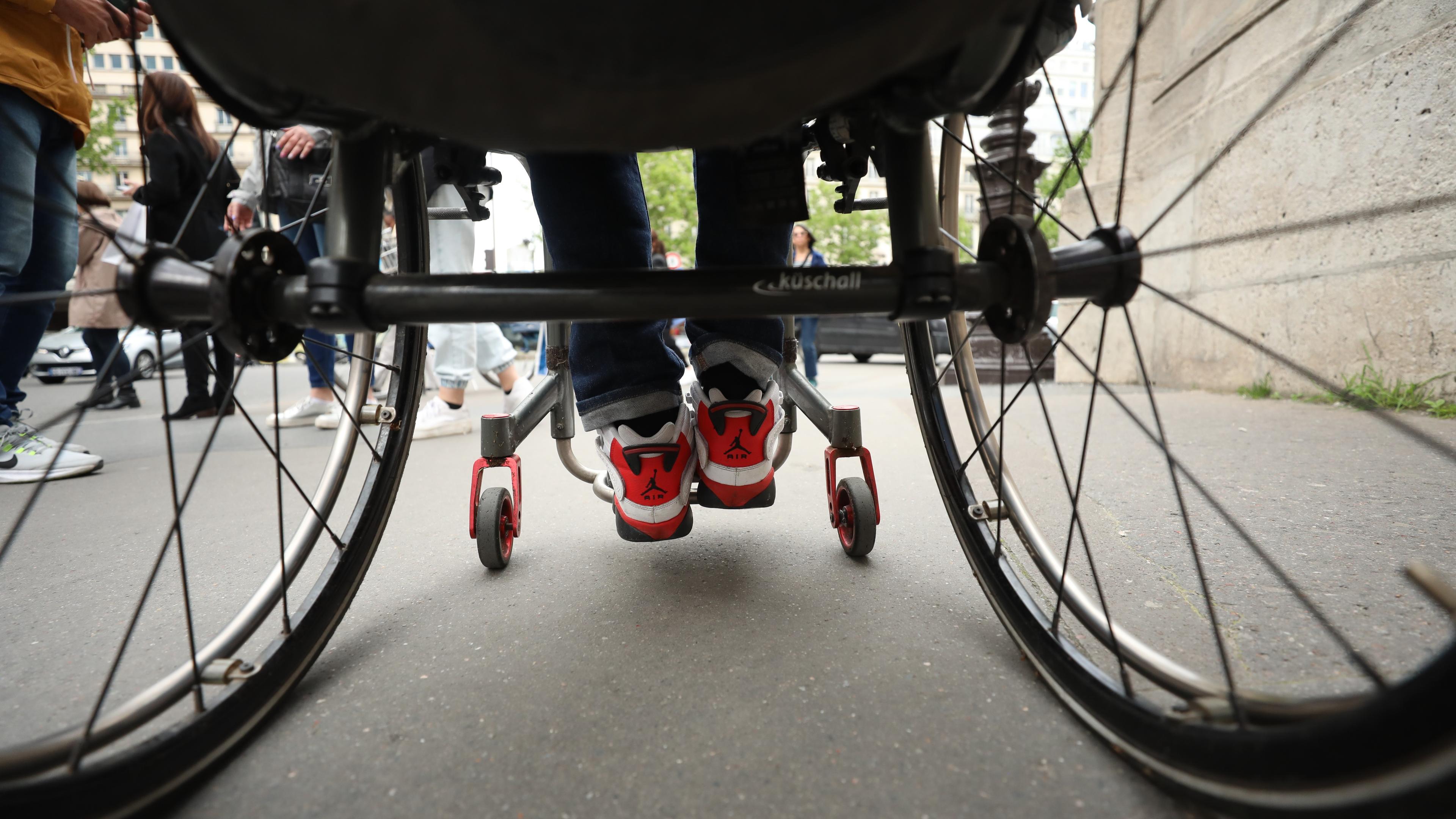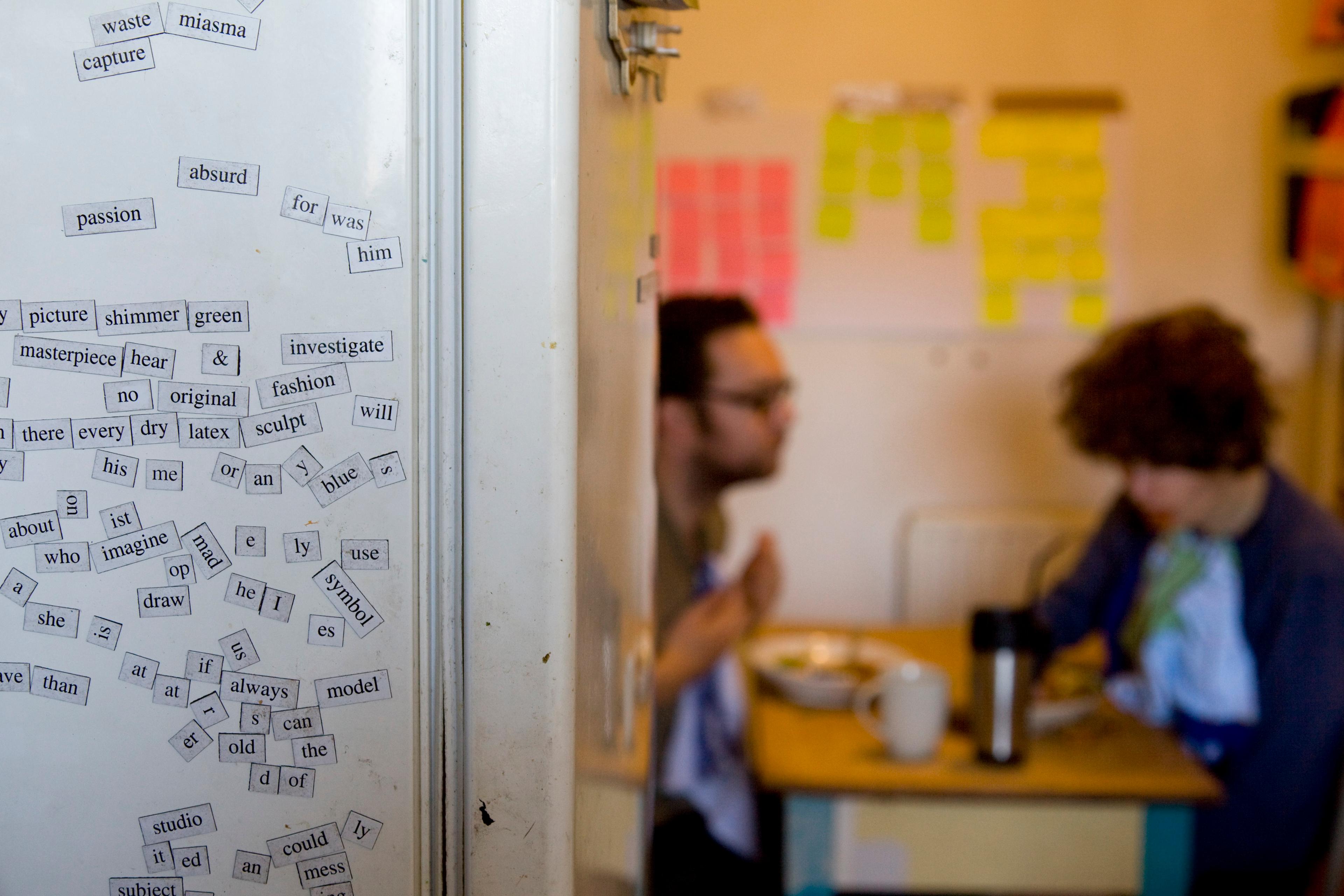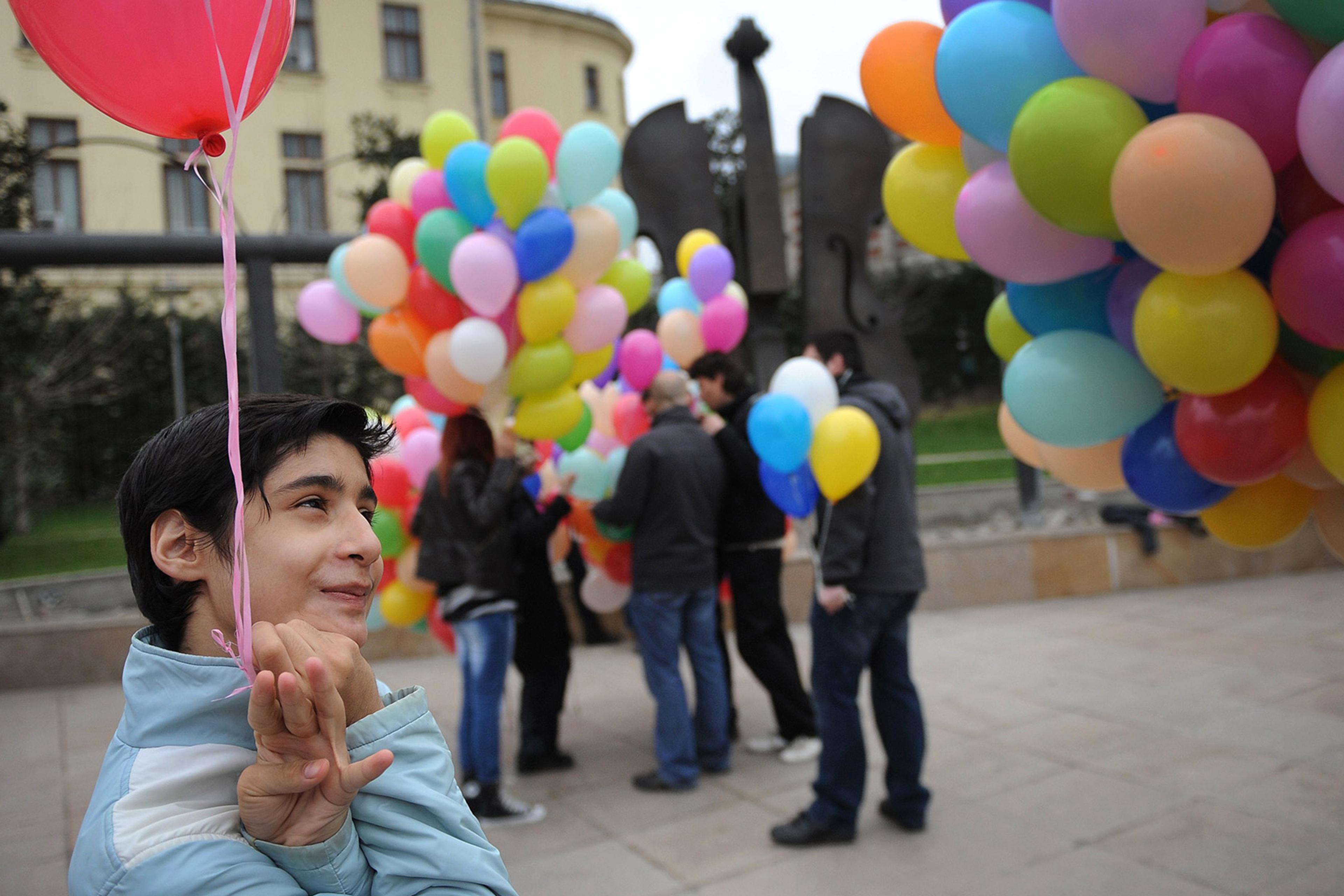Use of the term ableism, referring to discrimination against people with disabilities, goes back to at least the 1980s but has increased significantly in the past decade. In giving a name to prejudiced behaviours and attitudes toward people with a variety of different conditions – such as disabilities affecting movement, sensory disabilities, or a range of psychiatric disorders – the concept has helped call attention to an important social problem. Yet confronting it requires better understanding of how people with disabilities tend to experience ableism, which is sure to depend on specifics like which of the many types of disability someone has.
That was part of the rationale for a recent study by researchers in Ireland, who noted that research on ableism often depicts it as a general attitude toward people with disabilities. ‘We reasoned that, firstly, it’s unlikely that someone will hold a general attitude towards disability, but also that the attitude that they might have to a specific disability might depend on the context,’ says the lead author Shane Timmons, a senior research officer at the Economic and Social Research Institute in Dublin.
To explore this further, the researchers presented 2,000 adults with a set of written vignettes. In each one, a person was described as receiving some kind of adverse treatment, such as being rejected for a job, or as making an important choice, such as starting a family with someone they’ve been dating. Study participants were asked to judge the acceptability of what happened in these stories. But different variations of these scenarios were given to different participants. In all versions, the person was described as needing some accommodations or support (eg, in the job scenario, this was flexible working arrangements), and in some cases, this was due to them having a disability, with the specific type of disability varying across the vignettes. The person’s gender also varied, to see if it would affect participants’ views of someone with a disability.
As anticipated, the participants’ judgments of what happened differed across some of these versions of events. While they were broadly supportive of the central characters in the vignettes, including those with disabilities, they were more supportive in some cases than in others. For instance:
- Overlooking a woman for a job was rated as less acceptable if she had a spinal disorder, compared with if she had an anxiety disorder.
- Restricting a child’s school hours (due to concerns about managing the student in class) was considered less acceptable if the child had a speech and language disorder, rather than autism.
- One vignette described a group of neighbours protesting the movement of institutionalised people into a nearby house. This protest was rated as less acceptable when the occupants had intellectual disabilities, as opposed to mental illnesses.
- When a man or a woman who uses a wheelchair was said to want to start a family, that was considered acceptable by study participants, but to a lesser degree if the person was a woman.
Stereotypes vary in terms of a group’s perceived warmth and perceived competence
‘We are seeing evidence that people are making different inferences about the disability, but we don’t know what those inferences are,’ Timmons notes. Let’s take the example of a student who has autism and a student with a speech and language disorder. Differences in the perceived acceptability of restricted school hours might have to do with how manageable the child’s behaviour is assumed to be, Timmons suggests, or the question of whether it is more the teacher’s fault for not managing the child’s behaviour when the child has a speech and language disorder than when it’s autism. Based on the current data, one can speculate, but only that.
In certain scenarios, however – the child with autism, and others with mental health conditions – Timmons and his colleagues ‘saw people tend to justify potential discrimination a bit more strongly.’ In discussing these findings, the authors evoke the ‘stereotype content model’, which proposes that stereotypes vary in terms of a group’s perceived warmth and perceived competence. They highlight previous research indicating ‘that physically disabled people are often perceived [by others] as high in warmth but low in competence, whereas individuals with psychological disorders are judged low on both dimensions.’ There seemed to be a connection between the stereotyping of certain groups (eg, people with autism and those with mental health conditions) as relatively low in warmth, as observed in previous research, and how supportive the study participants were toward them in the new research.
The key takeaway from this study might not be any particular comparison between the disabilities or genders – these could stand to be tested in further research, to see if they replicate in different groups of participants. What the results on the whole suggest is that, although it’s valuable to name and recognise ableism, it is likely to manifest differently in day-to-day life depending on the person, their social context, the nature of their disability and other characteristics. The remedies for discrimination against people with disabilities will ultimately need to account for that complexity.








